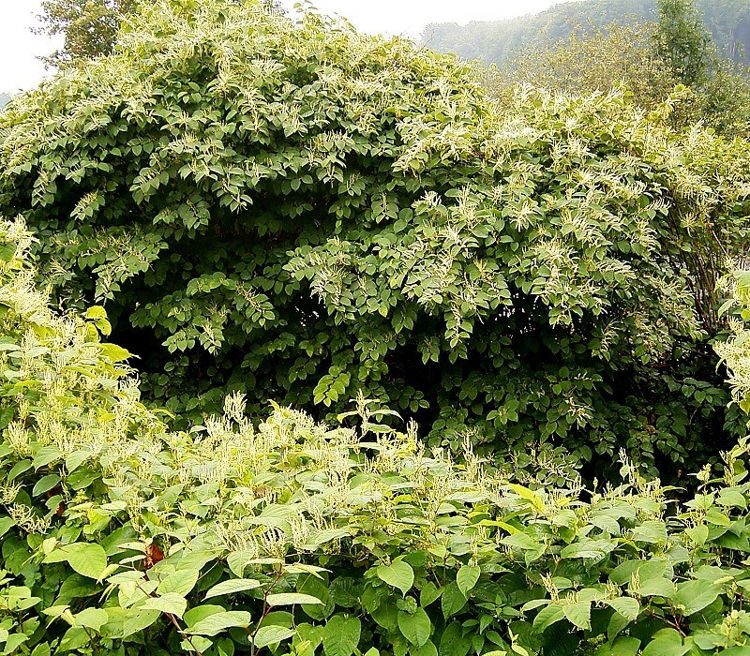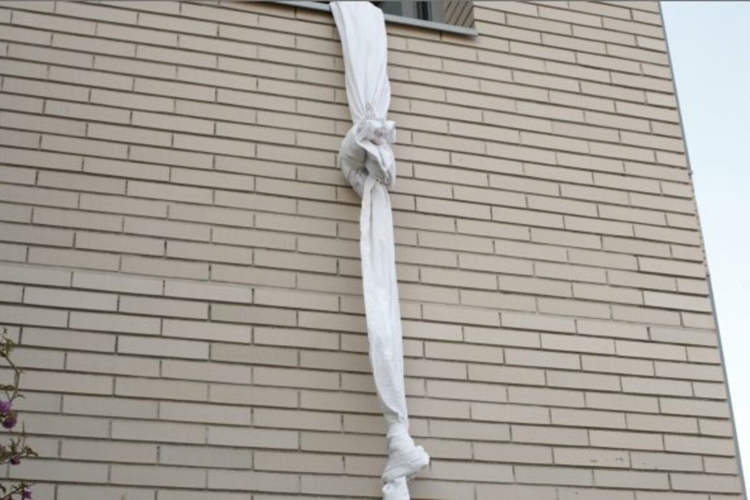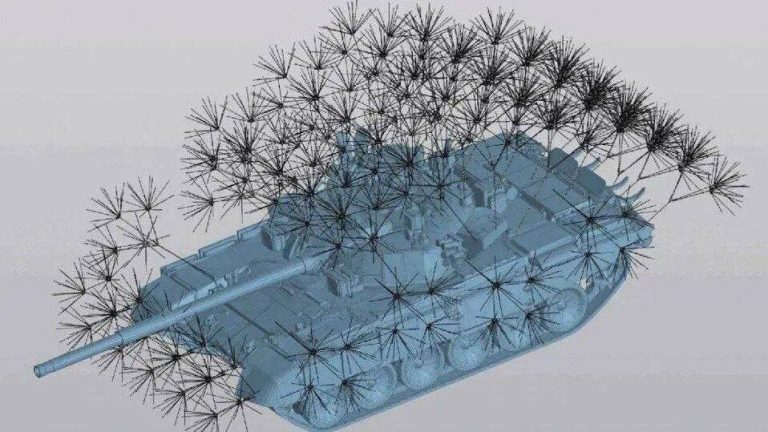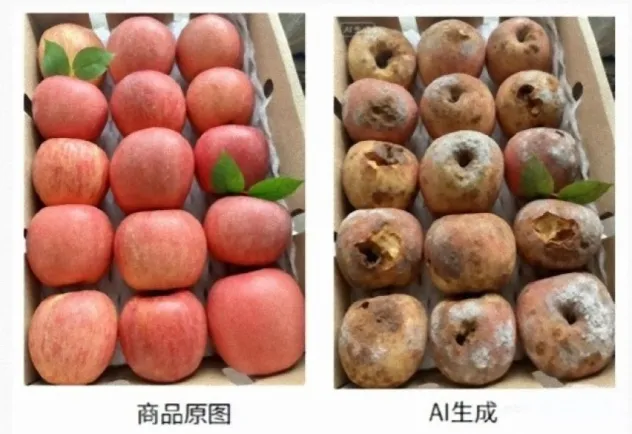With weedkillers more advanced than we’ve ever had and significant technological progress, it seems unlikely that any plant could cause major socioeconomic problems, at least in developed countries. That’s what makes the Japanese Knotweed so fascinating. Despite humanity’s best efforts to eradicate or at least control this resilient invasive plant, it continues to spread across Europe and North America, causing some serious damage.
When renowned Bavarian plant importer Phillip von Siebold brought a Japanese knotweed plant to the Utrecht plant fair in the Netherlands in the 1840s, no one imagined it would end up becoming a global threat. It was prized for its beautiful flowers and advertised as an ornament, medicine, wind shelter, soil retainer, dune stabilizer, cattle feed, and insect pollinator. Despite records of gardeners expressing their concerns about the plant’s invasiveness, it was sold across Europe for almost a century, and by the time everyone realized the monster we had released, it was too late to do anything about it.
The manner in which Japanese knotweed virtually took over most of the United Kingdom is a testament to its invasive potential. Von Siebold sent a single plant to Kew Gardens in London in 1850, and it was the descendants of that one plant that managed to colonize most of the British Isles. In 2000, tho biologists analyzed 150 samples from across the U.K. and concluded that they were all clones of the same plant Von Siebold sent over a century ago. The DNA was identical, which technically meant that the UK had been conquered not by a species, but by a single plant.
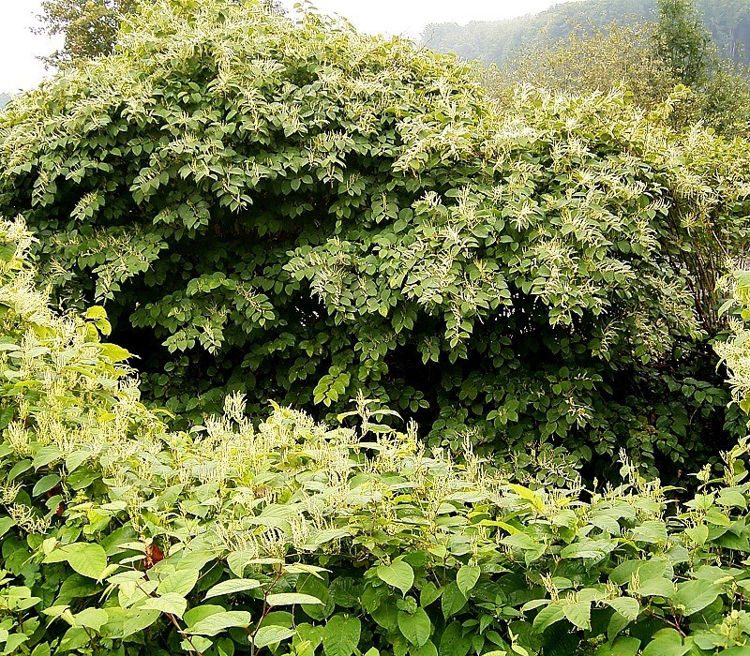
Photo: Frank Vincentz/Wikimedia Commons (CC BY-SA 3.0)
Japanese knotweed has been causing environmental and socioeconomic problems across Europe and North America, but it has proven most problematic in the United Kingdom. It grows everywhere, in forests, on river banks, on the sides of roads, and in people’s yards, and all efforts to eradicate or control its spreading have proven futile. There’s an entire industry built around fighting Japanese knotweed, but experts agree that we have yet to find a cost-effective way to fight the plant.
Just so you understand how much of a nuisance Japanese knotweed is in the UK, you should know that transporting or planting unsealed knotweed plants has been considered a crime since 1990. British banks will not issue a mortgage to a property infested with knotweed or with the invasive plant nearby, without an expensive plan to control the plant. Japanese knotweed growing less tan seven meters from a structure is considered unacceptable by many mortgage companies, because it’s assumed the plant’s underground shoots (rhizomes) can cause structural damage.
Litigation between neighbors, between homeowners and contractors, or between home buyers and sellers, all because of Japanese knotweed, is very common in the UK, because many believe the plant can render a property useless. In fact, its resilience has been known to cause problems that are not usually associated with plants. For example, in 2013, a lab technician from Birmingham, who killed his wife before taking his own life, left a note which explained that his actions had been caused by the pesky plant.
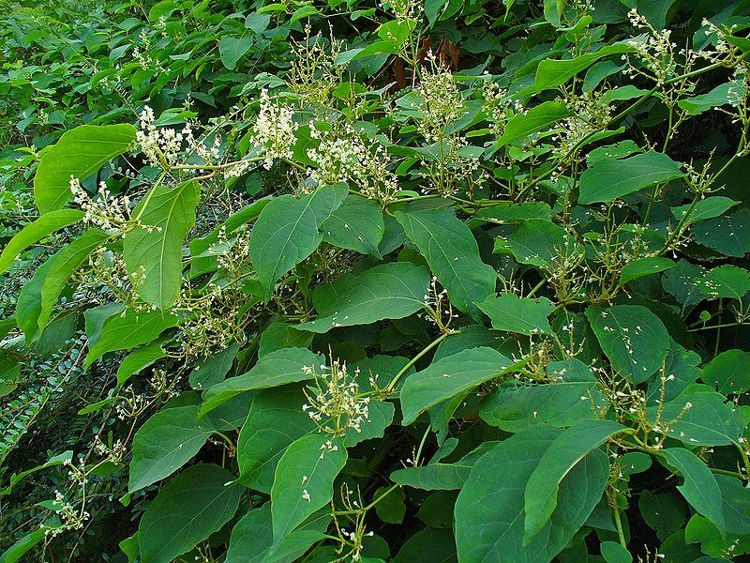
Photo: H. Zell/Wikimedia Commons (CC BY-SA 3.0)
“I believe I was not an evil man until the balance of my mind was disturbed by the fact that there is a patch of Japanese knotweed which has been growing over our boundary fence on the Rowley Regis Golf Course,” the man wrote. “It has proved impossible to stop, and has made our unmortgaged property unsaleable. … The worry of it migrating onto our garden and subsequently undermining the structure over the next few years, with consequent legal battles which we won’t win, has led to my growing madness.”
Then there was the 2016 case of a butcher who hanged himself in his home when the financial implications of Fallopia japonica infestation on a piece of land he’d bought became too much to bear. “Bill was a very strong character, but this was something he couldn’t cope with,” his wife told The Telegraph newspaper.
So why is Japanese knotweed so hard to kill or at least control. Well, it has a lot to do with its capability to asexually reproduce. A new plant can grow from a piece of root the size of a fingerprint, and its shoots form intricate underground networks that are nearly impossible to remove completely. Walls, roads, or other types of obstacles do nothing to prevent its advance, because the plants roots can reach up to 70 feet from the plant itself. To be sure every bit of root is eliminated from a property, one would have to dig three feet deep and completely dispose of that top layer of soil in a specially designated landfill, which can be both expensive and time-consuming.
Things are much worse in the wild, where knotweed is capable of completely wiping out all other plant life, which in turn triggers a domino effect, with insects and birds completely disappearing from areas it has taken over. Fallopia japonica grows so fast and so thick that no other plant, not even young trees can compete. It prevents almost all sunlight from reaching the ground, killing all plant life around it.
Cocktails of weedkillers, both injected into the plant and sprayed on it, digging the plant out, or cutting it – all have very limited efficiency against Japanese knotweed. A large field-based study of treating large knotweed patches came to a disheartening conclusion: “No treatment completely eradicated F. Japonica”.
“It’s not an evil plant. It’s doing what a plant does. But Japanese knotweed is a very serious invasive. A very, very problematic species. One of the worst invasive species in Northeastern North America,” Robert Naczi, a curator of North American botany at the New York Botanical Garden, recently told Slate Magazine. “It gives me tremendous frustration to give you the truth: our understanding is far behind the plant’s ability to expand and invade.”
In North America, Japanese knotweed has colonized the Northeastern United States, the spine of the Appalachians, the Great Lakes states, and the Pacific Northwest, and it shows no signs of stopping. Infestations have been described as “rapid and devastating”, and there’s not a lot we can do about it. Weedkillers have a serious environmental impact, especially when used near rivers, and as Jatinder Aulakh, an assistant weed scientist at the Connecticut Agricultural Experiment Station, points out, “there is no insect, pest, or disease in the United States that can keep it in check”.
Speaking of things that can keep it check, there is a reason why Japanese knotweed isn’t that big of an issue in its native Japan. Aphalaris itadori, or the Japanese knotweed psyllid, feeds on this plant and can easily keep it under control. However, efforts to have it introduced in other areas, such as the UK and United States have not been as successful as many had hoped. In the US, getting the insect approved by the Animal and Plant Health Inspection Service has been a slow process, and in the UK results have been mixed.
The problem with introducing a new species in a completely new environment is that you have to take into consideration native predators. For example, in certain areas in the UK, anthocorids feasted on psyllid eggs, preventing them from reproducing in sufficient numbers. Still, experts are hopeful that the tiny knotweed eaters will be able to at least control the spread of the plant and make it possible for other plant species to compete.

